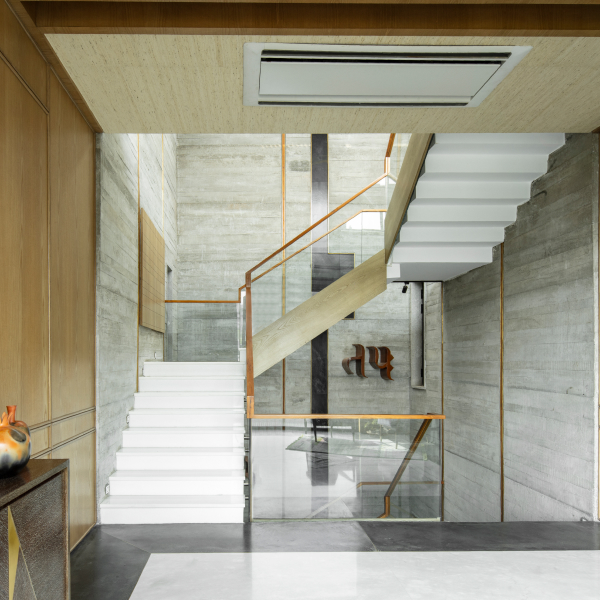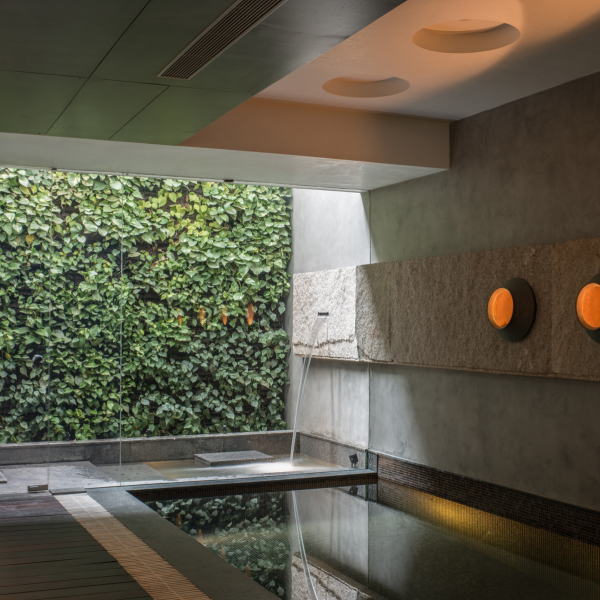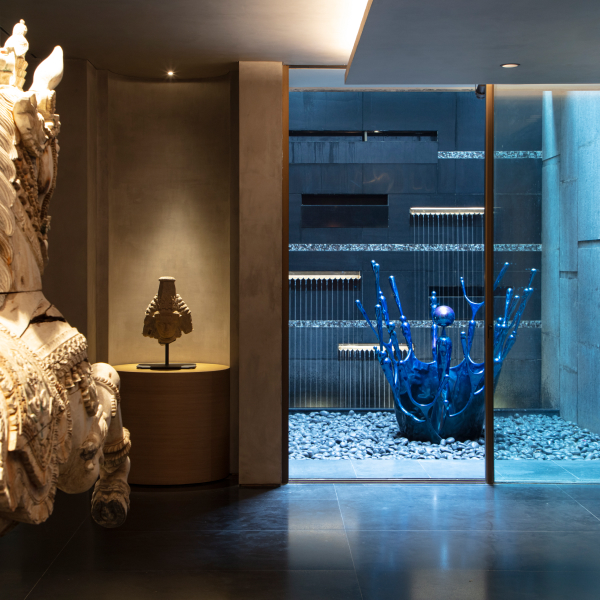The Renaissance of Traditional Materials in Contemporary Design
4 November 2024
4 November 2024

Project: Dhanuka
A kaleidoscope of traditional materials and techniques, India’s rich heritage offers a diverse design digest, where every region presents unique artistry. In an age of globalisation, where almost all new spaces have the same beige vibe, there’s a growing appreciation for owning the roots and materials that have stood the test of time. The renaissance of these traditional materials gives an edge to your home, by evoking memories and standing as a testament to the rich legacy.
Rustic textures, unique details and a clean look— Traditional materials can bring so much to a contemporary home with a blend of old and new. The first step is to identify a forgotten material that enhances the overall aura of the modern space. For instance, Shola, also known as Indian cork can be used to make art in a contemporary setting, featured by warm light and other complementing materials like Indian stone or wood. Likewise, with its subtle texture and earthy warmth, limestone has found new life in contemporary applications, especially in spaces that bridge the gap between indoor and outdoor living.
Handcrafted elements, such as a wall piece or a coffee table, can accentuate any contemporary space with their own story. If the materials used have their legacy, the narrative built strengthens, giving the space a luxurious appeal based on heritage. Exquisite Indian stones can be carved into pieces that resonate with the user’s memory of a place they want to diffuse into the home. Woven rattans or handmade ceramics are not merely functional objects, but art pieces that add personality and authenticity to the interiors.
The thoughtful choice of traditional materials to craft functional designs does not just emerge from the need to make aesthetic spaces but also dwells on the responsibility of designers towards future generations. These time-tested materials typically offer longer lifespans than their modern counterparts and require less energy and fewer chemical treatments than modern alternatives for their processing, making them an environmentally conscious choice for today’s interiors.
Integrating traditional craftsmanship into contemporary spaces serves multiple vital purposes: preserving cultural heritage in breathing form rather than relegating it to museums, connecting younger generations with ancestral techniques through daily interaction, and building sustainable practices through local sourcing. When materials and expertise come from nearby artisans, the reduced transportation footprint combines with the preservation of regional craft traditions, creating a practical approach to both environmental and cultural sustainability.
When incorporating traditional materials into contemporary designs, it’s essential to begin with a single statement piece that can set the tone for the entire space. Understanding and working with the natural properties of each material ensures its longevity and appropriate application. Creating a balance between raw textures and refined finishes helps achieve a sophisticated, layered look. Most importantly, respecting each material’s cultural significance while reimagining its use allows us to create spaces that feel both authentic and innovative.
Recent Blogs

1 December 2024

15 October 2024

22 September 2024